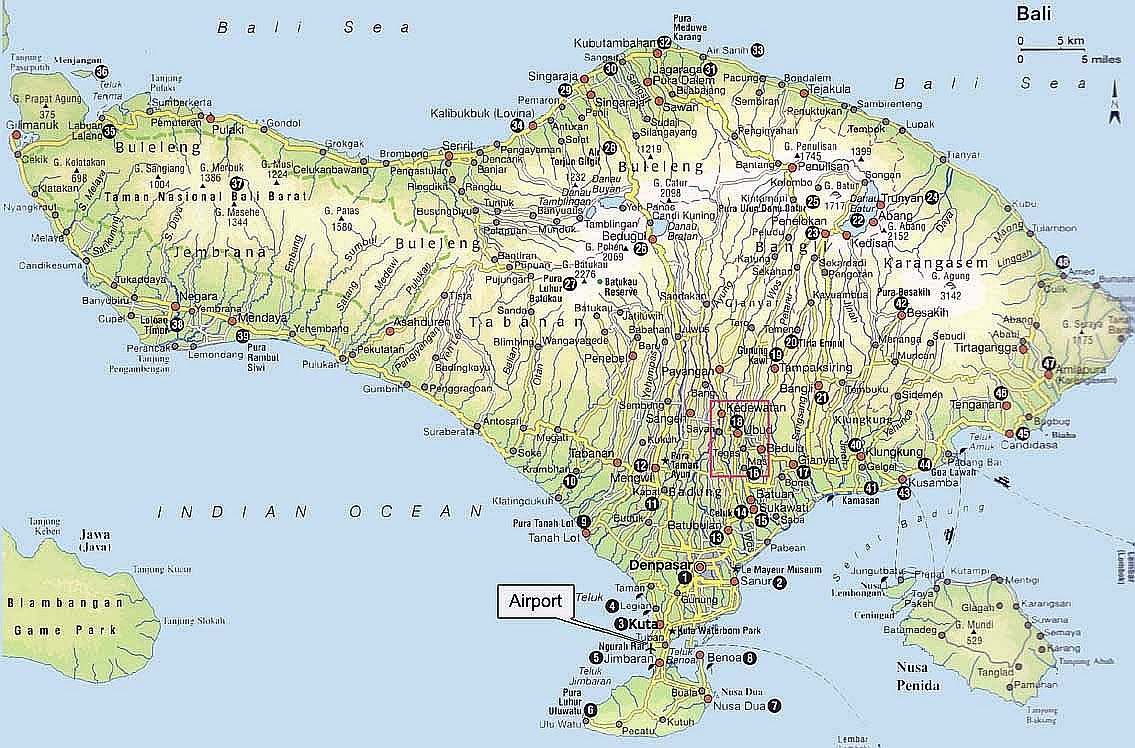Over the past week or so, HuffPost and Type Investigations published eight stories about COVID-19 in Detroit. The effect of the pandemic there is staggering: more than 7,000 people infected and hundreds dead. The county that includes Detroit has more deaths than the entire state of California.
Our series touched on some of the most vulnerable populations: people experiencing homelessness, those in nursing homes or hospice, and cancer patients. We investigated why COVID-19 has hit Black populations particularly hard, and what made Detroit uniquely unprepared to deal with the pandemic. We profiled a man who died of COVID-19, looking at the final 16 days of his life.
And we published a sweeping look at health care workers struggling to do the best they can in a terrible situation, written by reporters Patricia Anstett, Jonathan Cohn, Tom Perkins and Anna Clark.
Must Reads talked to Cohn, a senior reporter at HuffPost, about the series.
How did the idea for this project come together?
Kate Sheppard, my editor, wanted us to take a deep dive on what was happening in a hospital in a hot spot. Through conversations with other HuffPost editors and, then, our partners at Type Investigations, we focused on Detroit, a city whose challenges made it uniquely ill-suited for a pandemic and where — we could tell — the situation was about to get dire.
Plus it helped that we could align a team of reporters who knew the issues and local area. (That includes me, since I’m based in southwest Michigan — Ann Arbor, to be precise.)
The project was in the works for a couple of weeks, which means it started when things on the ground were different from what they are now. How did it evolve as it went?
There was a lot of improvisation and adaptation. When we started, we really weren’t sure how to construct the piece. Would we try to put together a “tick-tock” that chronicled a day or maybe a few days? Would we focus on one group of people? One hospital? One hospital system? Rather than get hung up on that, we just started reporting. I was lucky to be part of this incredibly talented team: Pat Anstett, who is basically the dean of medical journalists in Detroit; Tom Perkins, who has been writing some of the best articles anywhere about the city’s fall and rise; and Anna Clark, who among other thing is the author of “The Poisoned City,” an award-winning account of the Flint water crisis.
We divided up reporting based on our relative expertise and contact lists. (Pat, for example, reached out to hospital administrators because they all know her). And we tried everything we could to find people. I must have sent a hundred emails or texts to contacts, basically asking, hey, do you know anybody who works at Beaumont, Detroit Medical Center or Henry Ford Hospital? Plus we posted inquiries on Facebook.
We got a lot of responses and I think we all took the same approach: We just got on the phone with these people and asked them to tell us who they were and what they were seeing and doing. Eventually, we realized we had enough material to tell a broader story, about all the big hospitals over a longer span of time.
The mainbar of the project — Detroit’s Health Care Workers Ask: ‘How Many Lives Can We Save?’ — was a group effort from you and three other reporters. How did you all combine your reporting?
It was a challenge! I’ve never written an article in this way before. I’ve collaborated, certainly, but usually it’s just two people (like when I write health care policy articles with my colleague Jeff Young) and more often than not it’s for breaking news where you are just feeding copy into a straightforward news story.
A feature like this needs an overarching framework — a narrative tension or a central question or at least a set of central questions that will pull the reader along, so it’s not just a bunch of assorted reporting notes. Ideally, it will also have a coherent voice. That’s awfully tough to do with four writers, each with different styles. And I will be honest, there were quite a few moments when I didn’t think it would come together.
But it helps when your colleagues all have the same collaborative, generous spirit; when everybody gravitates to what they do best while letting others do the same; and when you have an editor like Kate who can pull it all together.
What do you hope readers learned from reading these pieces about Detroit?
I hope, first, that people don’t think this is simply about Detroit. The stories we heard echoed what we were seeing and hearing from other parts of the country — New Orleans, New York, Seattle — and that’s because the virus doesn’t observe geographical distinctions. This is a chronicle of something that has happened, is happening, will happen across the U.S. There are grounds for alarm, anger and despair — but also, I think, hope. Just in the past few days, doctors and nurses have told us they are seeing signs that the patient surge is subsiding. They give credit to social distancing and also treatment insights, even simple ones like learning to position patients on their bellies, rather than backs, because that makes it easier for COVID-19 ravaged lungs to take in air. Those kinds of lessons should apply everywhere.
And yet ... this is still an article about Detroit, which is in so many ways unique. As we were writing this, I thought a lot about the city’s place in the national imagination. There’s this positive image, as the city of innovation, and then this negative image, as the city of urban despair. Both have their roots in reality and in some ways the central tension of the article is which image better captures the reality of this particular moment. I suppose they both do. | 










